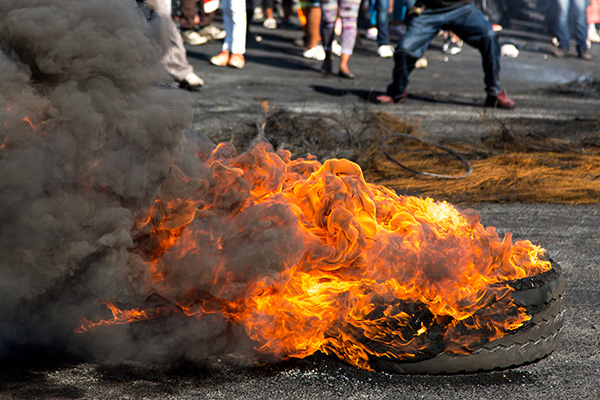How Much is Enough? Contingency Planning for the Kenyan Elections
By: Joe Gleason, AHT Insurance
Tires burning. Angry protesters blocking intersections. Rival groups clashing. An estimated 1,400 people killed. The specter of electoral violence has hung heavy in Kenya ever since the country descended into chaos following the 2007 polls. In the ensuing years, Kenyan elections, including the most recent in August, have seen localized violence, but the country has been spared the wide-scale disorder of 2007. With Kenyans headed back to the polls on October 26th for a re-run of the August elections, there is renewed potential for violence that may impact organizations operating in the country – even if it doesn’t rise to the level of 2007.

Periods of increased tension aren’t unusual in today’s global operating environment. So, how much contingency planning is enough in this kind of situation? Some factors to consider around the upcoming re-run of Kenya’s election that can be adapted for many environments:
- Closely monitor events both at the national level and locally. Know the likely flashpoints (roads, intersections, communities, key landmarks, etc.) and factor those into decisions about travel, activities, etc.
- Limit travel to, and within, the country around the election – from the run up to the election through the announcement of results, often a flashpoint.
- Consider postponing any large-scale events. While they may not be directly targeted, events that draw large numbers of people moving to and from venues may increase the likelihood of someone being caught in the wrong place at the wrong time when violence flares.
- Be aware of the ethnic/tribal dimensions of any potential violence. Monitor how this is playing out on the ground to help shape decisions about who travels where to reduce exposure.
- Enable staff to work from residences to limit movement and exposure to civil unrest. Local national staff, in particular, may travel considerable distances through areas at risk for demonstrations.
- Prepare to shelter in place/stand fast at the office. Supplies should be on hand for the full team as well as a “typical” number of guests including water and basic food, fuel for generators, etc. Staff should consider carrying an extra 1-2 days of personal medication or other necessities in case they need to shelter in place at short notice.
- Review emergency medical plans to ensure the procedures and resources are in place to respond quickly and effectively if personnel are injured.
It’s unlikely that the re-run of the 2017 elections in Kenya will see violence on the scale of 2007. But, localized violence is still worthy of attention and appropriate mitigation measures – around the Kenyan elections and during similar periods of increased tensions elsewhere in the world.
